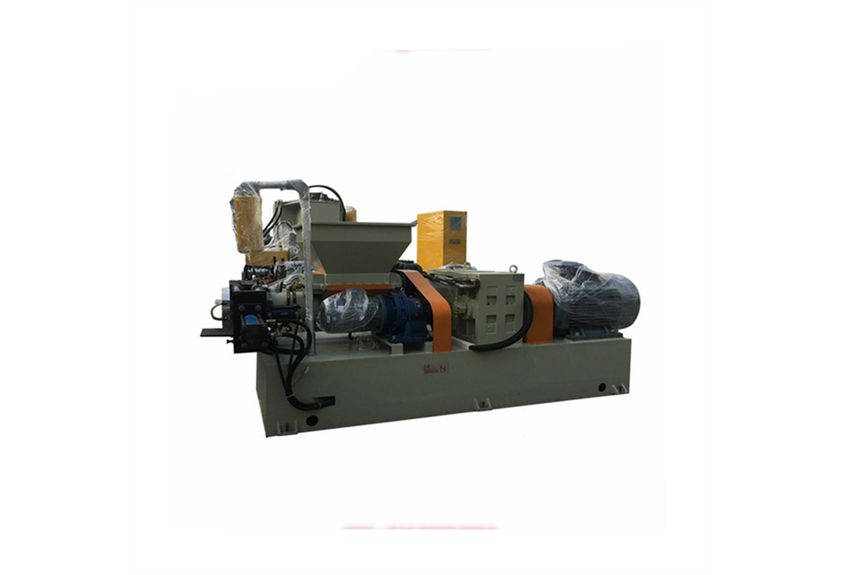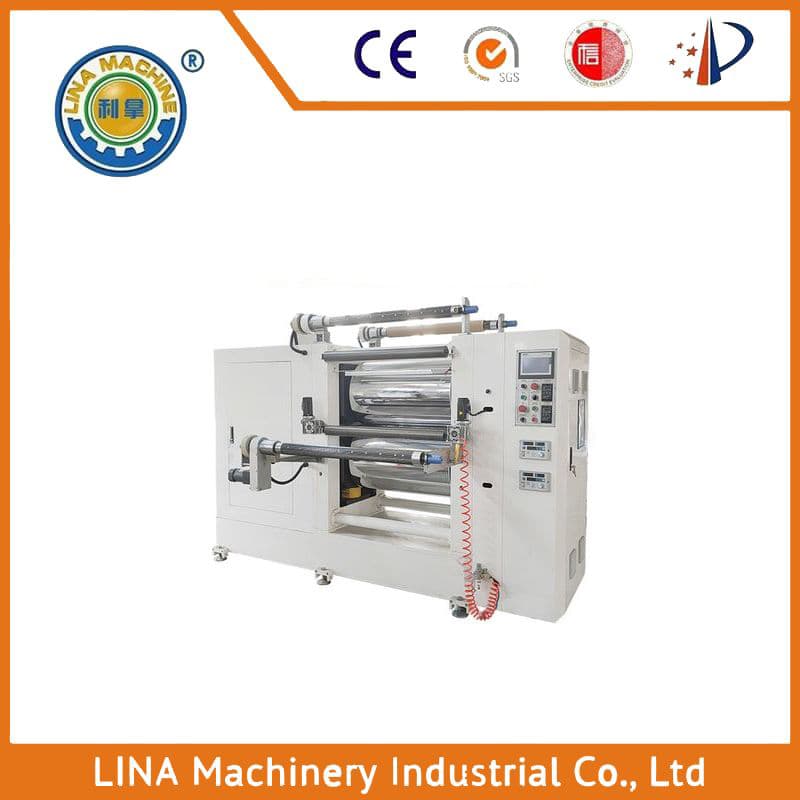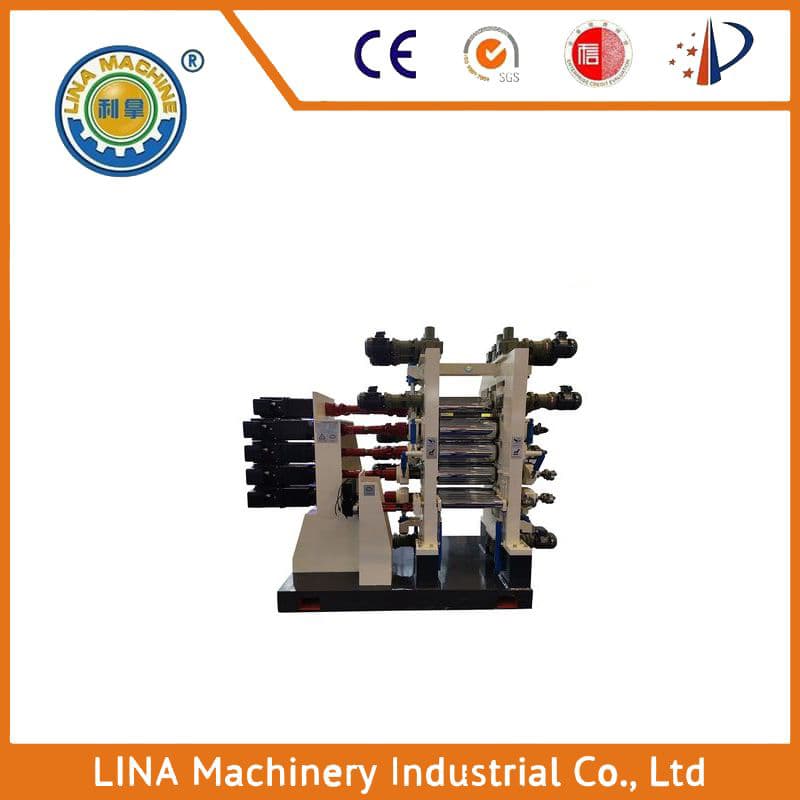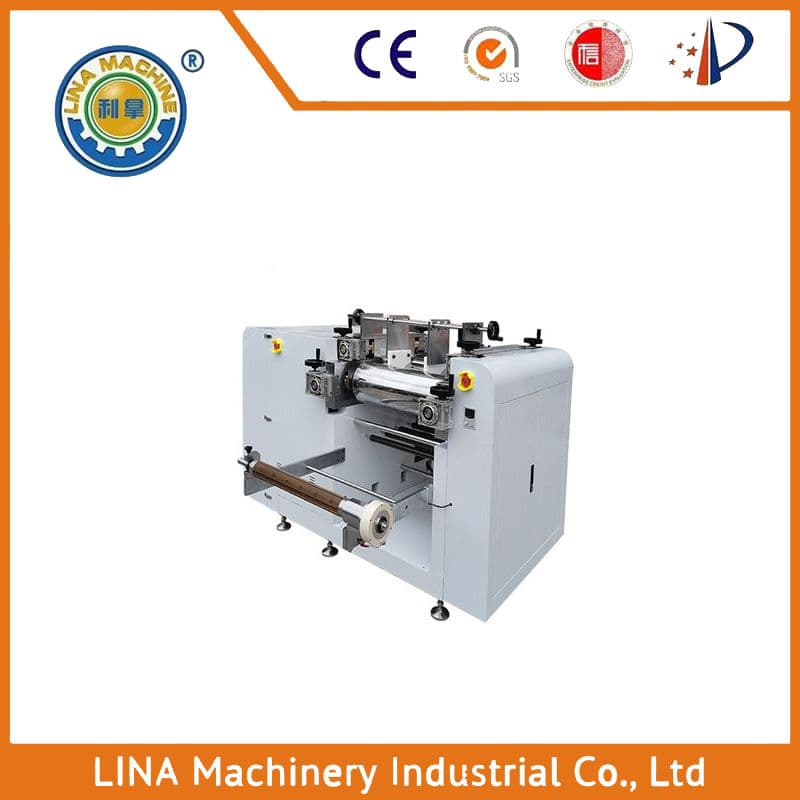The Role of Melt Blown Particles Extruder in the Manufacturing Industry
The melt blown particles extruder is a crucial component in the manufacturing industry, particularly in the production of non-woven fabrics. This machine plays a significant role in the process of producing high-quality melt-blown fabrics by using thermoplastic polymers. The melt blown particles extruder works by heating and melting the polymer material, which then passes through a series of nozzles to create small fibers that are ejected into the air. These fibers are then drawn together to form a continuous web, which can be further processed into various types of non-woven fabrics.
One of the main advantages of using a melt blown particles extruder is its ability to produce high-quality melt-blown fabrics with minimal defects. The machine's precise control over the temperature and pressure allows for consistent fiber diameter and uniformity, which ensures that the fabric produced is of high quality and meets the required standards. Additionally, the melt blown particles extruder is highly efficient, allowing for large-scale production without compromising on quality.
Another important aspect of the melt blown particles extruder is its ability to adapt to different polymer materials. As the market continues to evolve, there is a growing demand for more sustainable and eco-friendly materials. The melt blown particles extruder has been designed to work with a wide range of thermoplastic polymers, including polyethylene, polypropylene, and polyamide, among others. This flexibility makes it an ideal choice for manufacturers looking to switch to more sustainable materials while still maintaining their production capabilities.

In conclusion, the melt blown particles extruder plays a critical role in the manufacturing industry by enabling the production of high-quality melt-blown fabrics with minimal defects. Its ability to adapt to different polymer materials and its efficiency make it an essential tool for manufacturers looking to meet the demands of the modern marketplace. By investing in this machine, manufacturers can improve their product quality, reduce costs, and stay ahead of the competition.




